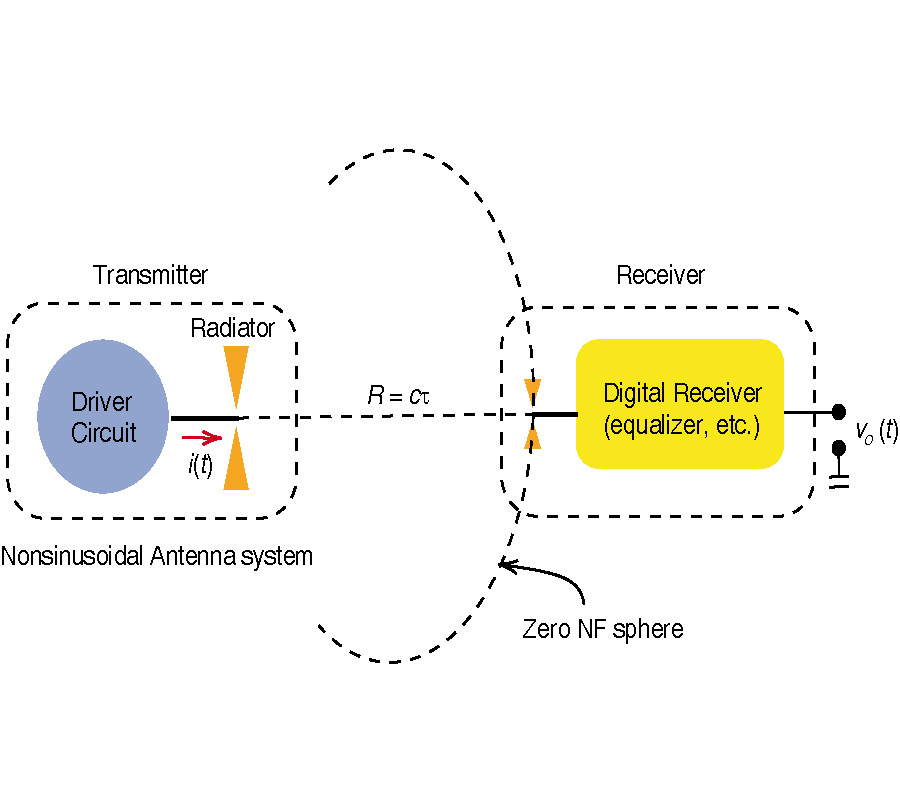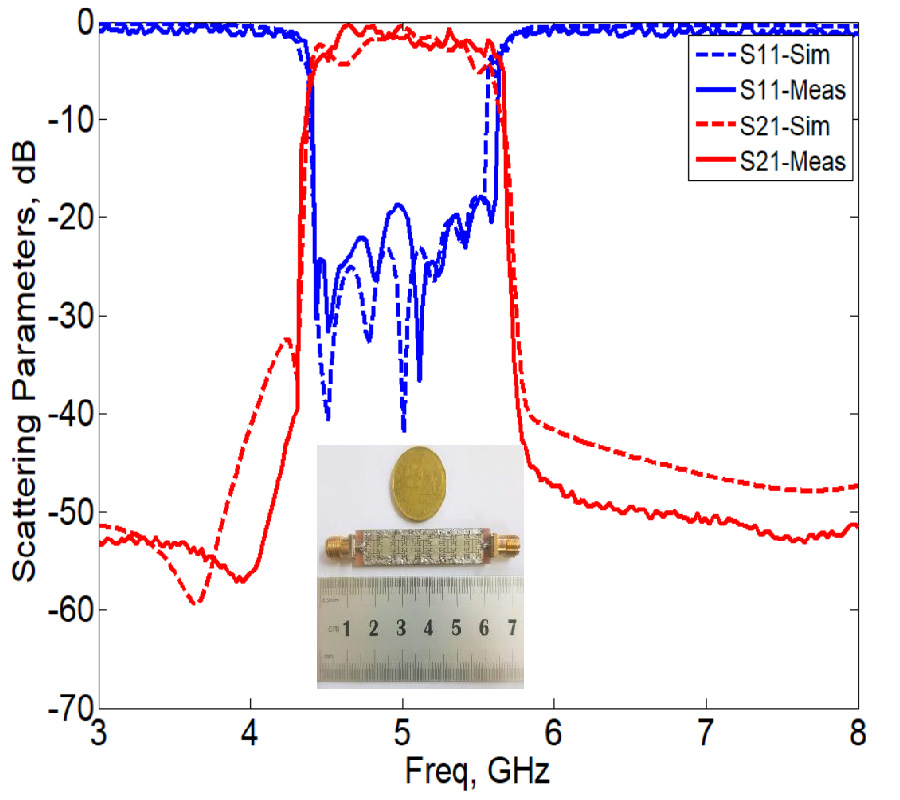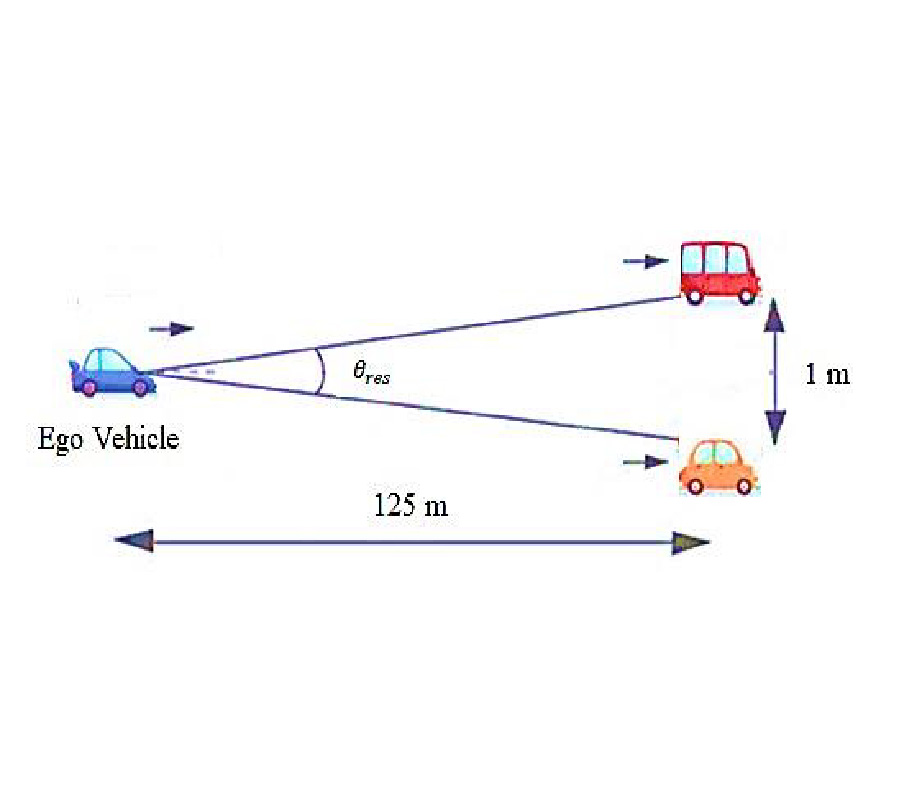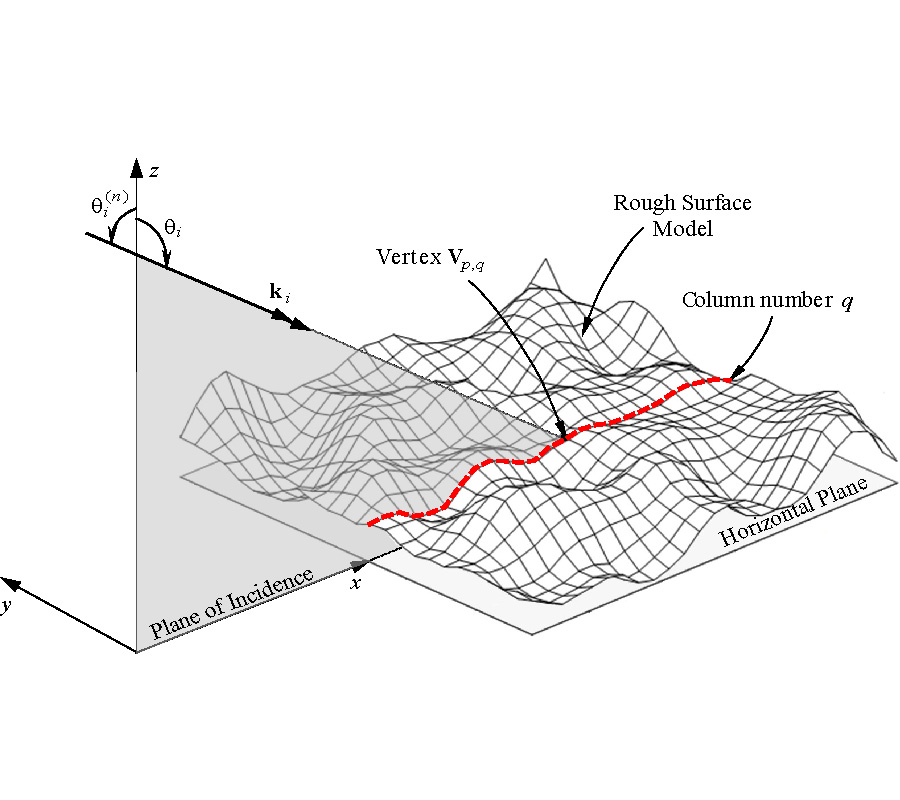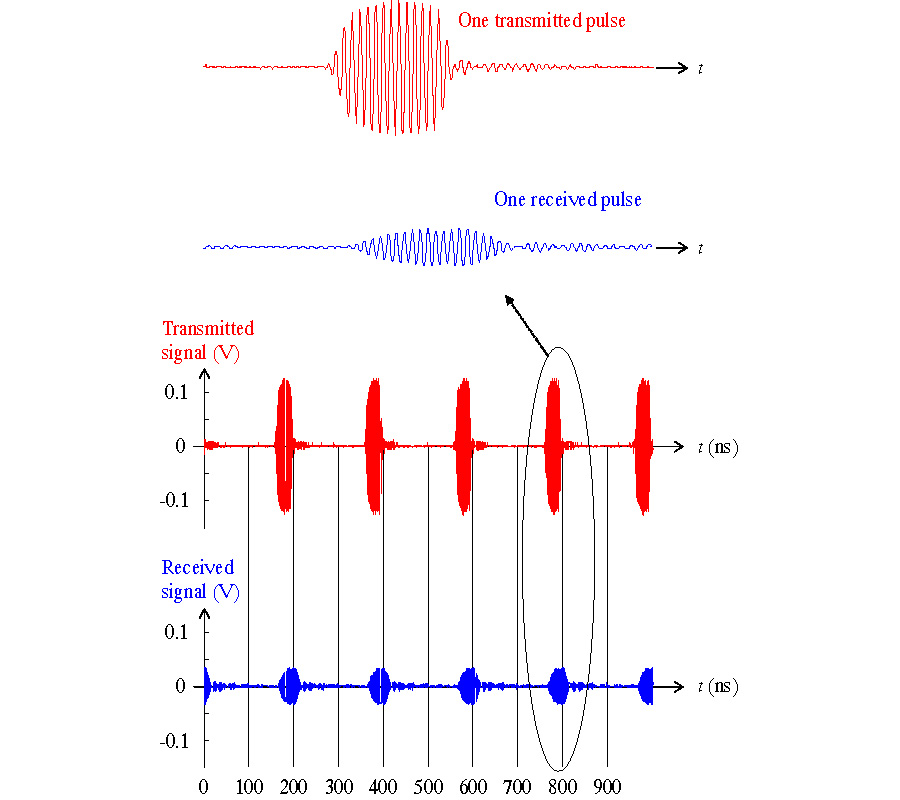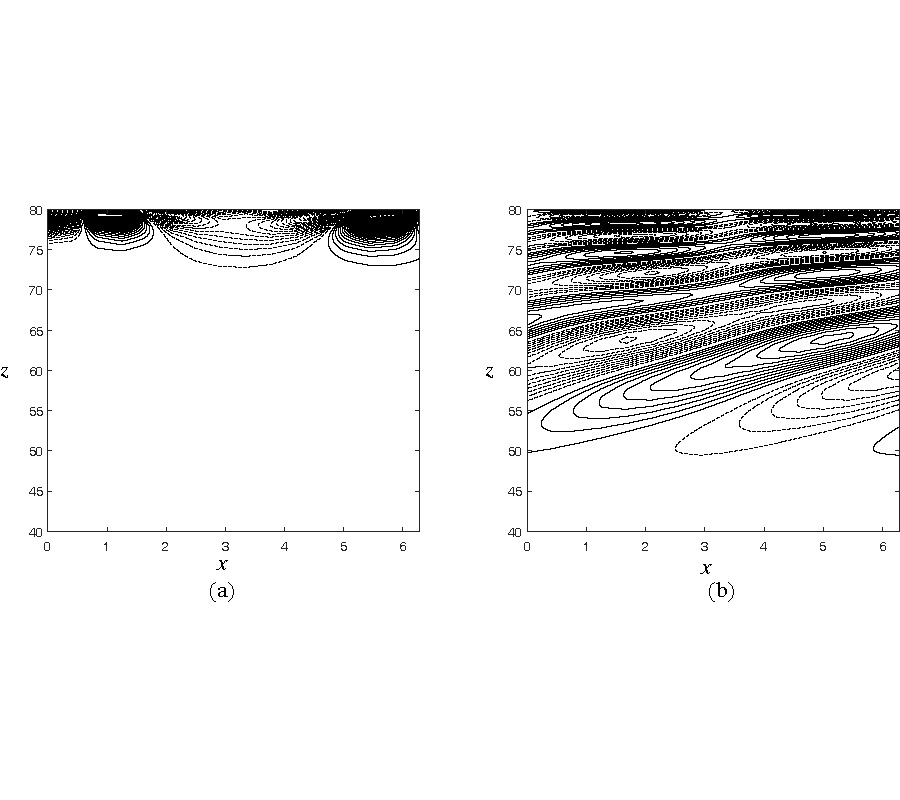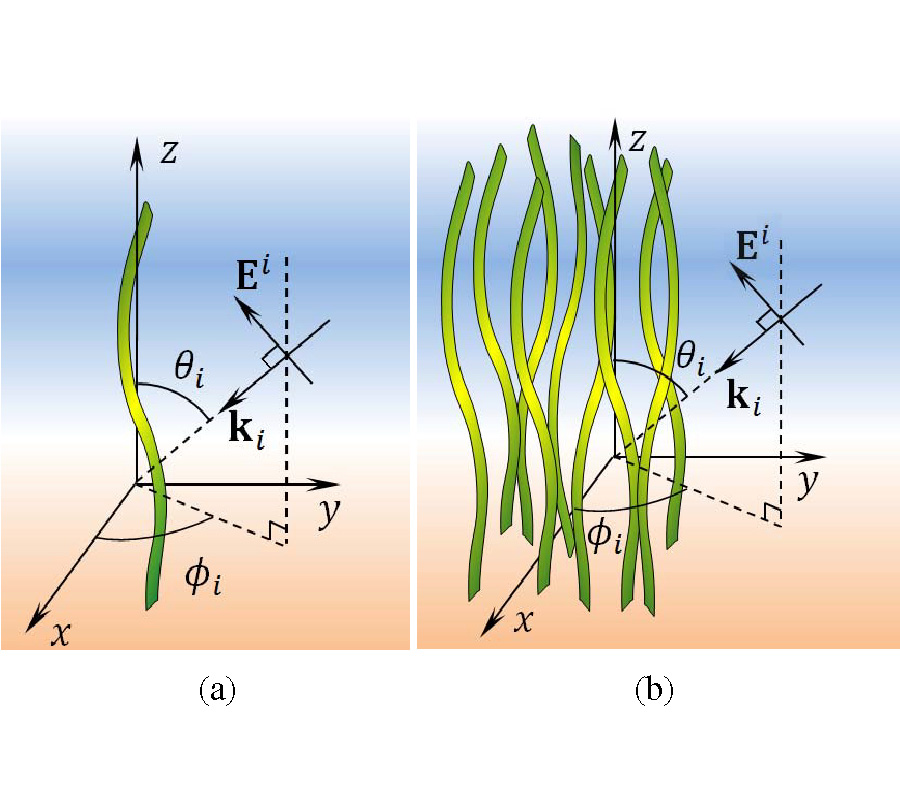Assessment of Scattering of Plane Waves on Optically Illuminated Area of Rough Surface
Hanaa Helmy Qamar
,
Asmaa Elsayed Farahat
,
Khalid Fawzy Ahmed Hussein
and
Mohamed Bakry El Mashade
In this paper, a new robust computational method that applies the geometrical theory of diffraction (GTD) in conjunction with the ray tracing (RT) technique is developed to evaluate the electromagnetic scattering pattern due to a plane wave incident on a rough surface of quite arbitrary statistical parameters. The Fresnel reflection model is applied under the assumption of arbitrary electrical and optical properties of the rough surface material to obtain the scattering patterns for both the power reflected to the upper half-space and the power transmitted into the medium covered by the rough surface. Also, the polarization of the plane wave primarily incident on the rough surface is taken into consideration. The algorithm developed in the present work accounts for multiple bounces of an incident ray and, hence, it can be considered arbitrary higher-order GTD-RT technique. The accuracy of the obtained results is verified through the comparison with the experimental measurements of the scattering pattern of a light beam incident on rough sheets with specific statistical properties. Also, some of the obtained results are compared to other published results using the geometrical optics (GO) and the second-order Kirchhoff's approximation. The numerical results of the present work are concerned with investigating the dependence of the scattering pattern on the surface roughness, refractive index, angle of incidence, and the resolution of the geometric model of the rough surface. Also, it is shown that, for limited resolution of the rough surface model, the accuracy of the calculated scattered field depends on the angle of incidence of the primary beam and the surface roughness.
